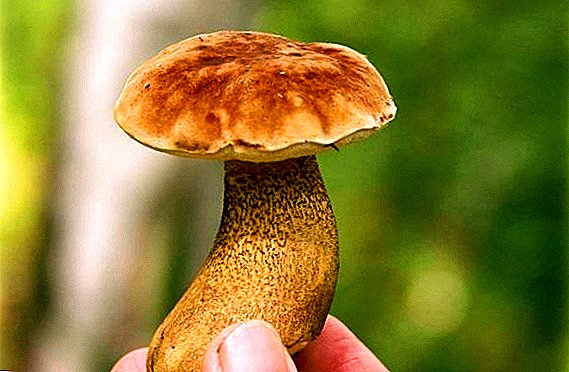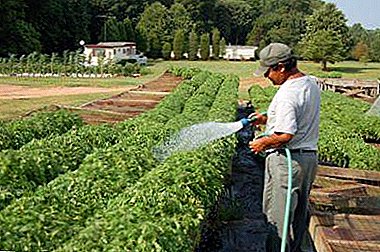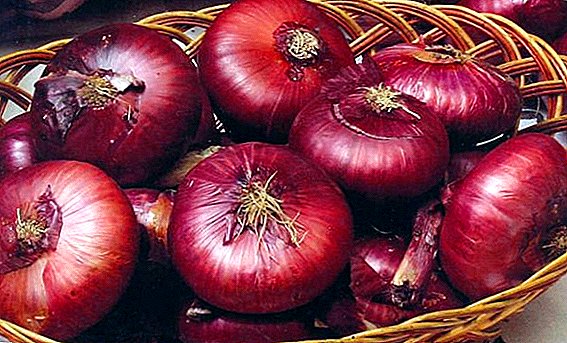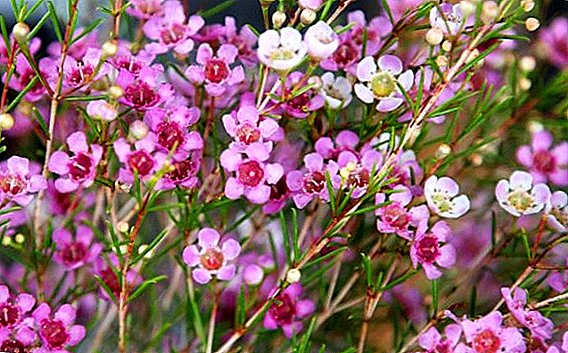 Chamelacium, also known as wax myrtle, is a woody evergreen shrub native to Western Australia. The plant is popular among gardeners and is widely cultivated in many countries. Plant height ranges from 40 cm to 4 m. The leaves contain sebaceous glands and are aromatic, often emitting a pleasant aroma when rubbed.
Chamelacium, also known as wax myrtle, is a woody evergreen shrub native to Western Australia. The plant is popular among gardeners and is widely cultivated in many countries. Plant height ranges from 40 cm to 4 m. The leaves contain sebaceous glands and are aromatic, often emitting a pleasant aroma when rubbed.
Foliage is dark green at all times of the year. Attractive small flowers have a rounded shape, their size is from 15 to 20 mm in diameter. Flowers have a pale pink, purple, red or white shade. The flowering period begins at the end of winter and can last until the end of summer.
Conditions in the house for the cultivation of chamelacium
Chamelacium is a relatively hardy plant. Growing conditions for indoor plants should be as close as possible to the natural environment in which chamelacium grows. It is a semi-dry Mediterranean climate, sandy soils and plenty of sunshine. 
Lighting
The ornamental shrub prefers bright sunlight. For the most favorable flowering on very hot summer days, the plant needs to provide a slightly shaded position. In winter, chamelacium may suffer from a lack of sunlight. Recommended installation of additional light sources (fitolamp).
Important! Chamelacium can tolerate temperatures down to -7 ° C.
Temperature
The plant is planted in the soil at any time of the year, except for winter. However, the best time to plant is spring or autumn. Chamelacium needs a moderately warm climate during the growing season, and in the rest stage it needs cool conditions. Strong heat has a detrimental effect on the flower. In summer, the optimum temperature range is 20–25 ° C. In the winter season, the indoor temperature should be around 10-15 ° C. 
Ground Requirements
The secret of growing chamelacium flower is a high-quality substrate and good drainage.
Before planting, the soil must be prepared in advance. Outdoors, shrubs grow in poor, moderately fertile sandy soil. Indoors, the flower is grown in heather compost.
Familiarize yourself with other shrubs, such as Brugmansia, fieldfare, heather, skumpiya, curly honeysuckle, crown alder.Requires a light substrate (loam, sandy loam): well-drained, but at the same time preserving moderate moisture. At the bottom of the pot poured a layer of sand. For better growth, the sand balance must be controlled. The acidity of the soil should be neutral (4.5-6.5 pH).

Care for chamelacium at home
In nature, myrtle plants grow in poor sandy soils, do not need large amounts of fertilizer and rarely require watering.
Did you know? The genus Hamelacium (Chamelaucium) was first described by French botanist Rene Defontaine in 1819. The flowering shrub belongs to the Myrta family and includes 14 species of this plant.In addition, the bushes are hardy to cold and drought. However, in the conditions of a room, chamelacium is considered a very sensitive flower. General care is the correct watering, feeding and pruning.
Watering
Chamelacium is drought tolerant.
Care should be taken to avoid excessive watering. The key to successfully growing chamelacium in a container is moderate watering. Excess moisture can cause the root system to rot and contribute to its decay.
Shrubs prefer slightly moist soil. Regularly check the condition of the soil: if the mixture is wet to the touch, then watering is not required. In winter and during the growth period, moderate watering is recommended. 
Air humidity
Despite the fact that chamelacium grows in a dry summer climate, some species of myrtle are quite hardy to conditions of more humid, temperate and subtropical regions. However, such endurance is short-lived. Being in a long time in wet or marshy conditions, shrubs are unlikely to survive. On the contrary, the dry air of the enclosed space of the plant is safely transferred.
Important! In winter, fertilizing is not performed.
Top dressing
Most of the plants in the myrtle group are found in soils with nutrient deficiencies. Therefore, excessive fertilization can be harmful.
Top dressing is more important for chamelacium in a container than for a plant grown in an outdoor garden. This is because nutrients can be leached out of the pot mixture.  Fertilizers are often used about three weeks after planting. To maintain the healthy development of the shrub, as well as to enhance flowering, a small amount of fertilizer is sufficient during the period of active growth. Depending on the condition of the myrtle, you may need to re-feed. The main additives for providing the plant with nutrients are organic fertilizers.
Fertilizers are often used about three weeks after planting. To maintain the healthy development of the shrub, as well as to enhance flowering, a small amount of fertilizer is sufficient during the period of active growth. Depending on the condition of the myrtle, you may need to re-feed. The main additives for providing the plant with nutrients are organic fertilizers.
You will be interested to know about the preparations that are used for feeding in the garden and garden: "Fufanon", "Shining-2", "Stimulus", "Chunky", "Shining-1", "Kemira", "Omite".
Pruning
Indoor chamelacium may require restrictive pruning to stimulate growth. Often the plant is pruned to form a shrub. Pruning provides a dense dense growth and a greater number of flowers in the next season. The plant responds well to pruning. The best time to cut wax bushes is spring, right after flowering. Pruning is recommended to be carried out annually, about one third of the total foliage.
Important! Pruning of heavy heavy lower foliage should be avoided.
Transplant rules
Before transplanting, the myrtle in a pot is placed in a bag and left on a bright, cool window-sill. Chamelacium transplantation is done in spring, once every three years. At the bottom of the new tank, drainage holes are made. Next, put pebbles or broken bricks into the container. Beforehand, it is necessary to prepare a light substrate of earth, peat and sand.
Shrub is transplanted by transshipment of earthen coma. After the procedures, chamelacium is stored for a couple of days in the greenhouse, gradually lowering the package.
Reproduction by cuttings
Next, we consider the individual characteristics of chamelacium and find out how best to propagate a flower. The reproduction of shrubs with seeds is a laborious and often unreliable procedure. Propagation by cuttings in this case is the preferred method. The plant is easily propagated by top cuttings of a length of about 75-100 mm. Cuttings harvested in January. Seedlings treated with growth promoters. Then the cuttings are planted in a mixture of peat and sand. Roots can appear in two months. Myrtle retains its characteristics (shape and color) during propagation by cuttings.
Pests and diseases, how to treat in case of defeat
There are several pests and common diseases that pose serious problems for a group of myrtle plants.  Myrtle can be sensitive to root rot. Rot is one of the reasons why shrubs are difficult to adapt to hot and humid conditions. Root rot can be controlled by physically removing affected parts of the plant.
Myrtle can be sensitive to root rot. Rot is one of the reasons why shrubs are difficult to adapt to hot and humid conditions. Root rot can be controlled by physically removing affected parts of the plant.
During the spring and summer the shrub attack aphids. These sucking insects can damage the leaves and ruin the inflorescences. Chemicals (various insecticides) will be required to prevent the spread and also to destroy the aphids.
Mealy dew also a problem for chamelacium. Infection can occur at any time of the year and lead to the destruction of the shrub. Preventing the development of mold in chamelacium is a careful observance of home care rules.
Did you know? Chamelacium flower - quite unusual and beautiful plant. The branches of the shrub are shrouded in foliage, similar to the needles, while the flowers resemble the inflorescences of the tea tree. Plant often associated with eternal wealth and is considered a symbol of success. Myrtle can also be interpreted as a symbol of enduring love and patience.Another specific disease affecting the leaves of myrtle is gray rot. The disease often occurs at high temperatures and high humidity. If you ignore the problem, the disease can quickly destroy chamelacium and spread to neighboring plants. For gray mold, fungicide spraying is recommended.
 Thus, for successful cultivation of chamelacium, you will be required to ensure such conditions as sandy soil, coolness, moderate watering, and choosing the right place on the windowsill. After planting, the plant will be able to withstand periods of prolonged drought. Good luck!
Thus, for successful cultivation of chamelacium, you will be required to ensure such conditions as sandy soil, coolness, moderate watering, and choosing the right place on the windowsill. After planting, the plant will be able to withstand periods of prolonged drought. Good luck!











